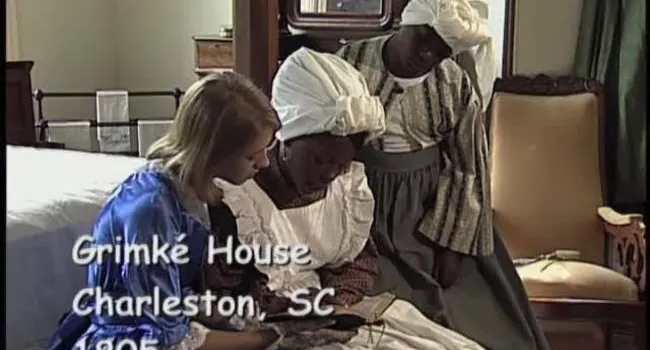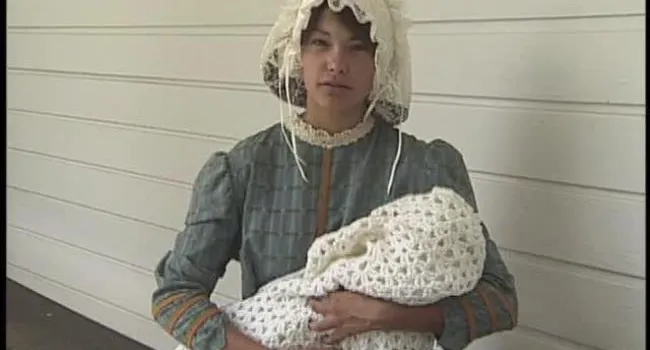Kaltura
Part 2 of the story of Sarah Moore Grimké and Angelina Emily Grimké.
Sarah Moore Grimké (1792-1873) and Angelina Emily Grimké (1805-1879) followed a similar path, speaking out and leaving home to join the fight for the abolition of slavery and equal rights for women.
Standards
- 4.3.CX Contextualize South Carolina’s role in the development of sectionalism during the antebellum period.
- 4.4.CO Compare the economic and political causes of the Civil War.
- 4.4.CX Contextualize South Carolina’s experience during the Civil War.
- This indicator was developed to encourage inquiry Ito the relationship between the Civil War and the experiences of women, African Americans, and the planter class in South Carolina.
- 4.4.CE Explain the effects of military strategies utilized by the Union and the Confederacy.
- This indicator was developed to encourage inquiry into the effects of military strategies to include but not limited to : wartime technologies, the Anaconda Plan, conscription, and Sherman's March to Sea.
- 4.4.E Analyze the economic, political, and social divisions during the Civil War.
- 8.3.CO Compare the debates between South Carolina and the federal government regarding slavery, federalism, and the Constitution.
- This indicator was developed to encourage inquiry into the debates, heightened by Westward Expansion, over federal and state power concerning slavery, and the government's role in protecting and securing natural rights.
- 8.3.CE Examine consequences of the major Civil War military strategies.
- This indicator was designed to encourage inquiry into the Civil War focusing on the impacts of military strategies and major turning points on South Carolina and the U.S.
- 8.3.E Utilize a variety of primary and secondary sources to analyze multiple perspectives on the effects of the Civil War within South Carolina and the United States.
Resources
You need to be logged in to listen to view this content. Create an account now; it's quick, easy, and free!
Log In to View





